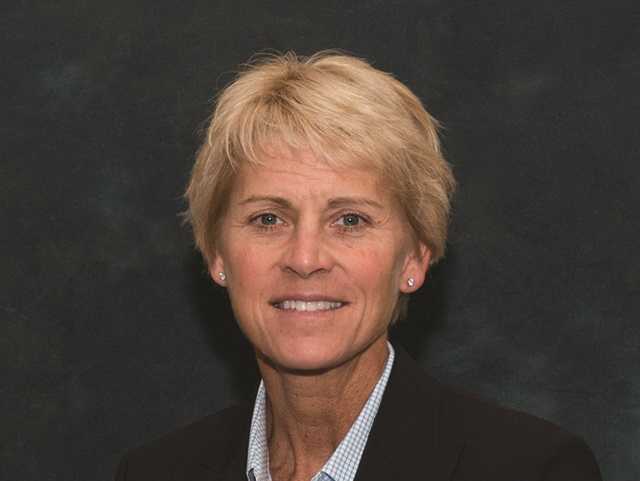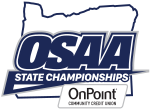
Planning high school sports and performing arts programs as the COVID-19 pandemic continues is the biggest challenge any of our leadership has ever faced. The classic line of “We’ve never done it that way before” has become “We must try to do it that way if activities are going to exist this year.” And if these plans are to be successful, we all must embrace change.
NFHS member state high school associations are working overtime right now to provide opportunities for students in ALL high school sports and other activities. While football tends to garner the lion’s share of the headlines, state associations are trying to ensure that all sports, as well as music, speech and other activities are available. Working with governors, state departments of education and public health, and local school districts to balance safety concerns against the need for these vital programs is an overwhelming task.
And these decisions must be made differently than the major conferences of the NCAA, or the NBA with its bubble concept or club sports that exist outside the school setting. High school sports are first and foremost education-based programs and complete the academic work during the school day; they do not exist in a vacuum as a training ground for future levels of sport.
Out-of-the-box thinking to provide sports opportunities for as many students as possible perhaps was best exhibited earlier this week by the California Interscholastic Federation (CIF). Due to increasing cases of the virus statewide and the cancellation of in-person classes in the Los Angeles and San Diego school districts for the remainder of the calendar year, the CIF pushed back the start of sports until December.
In order to offer all of its previously planned sports, the CIF is moving from three seasons to two, with typical winter and spring sports played during the same time period. While that small percentage of parents who only have their own interests in mind responded with comments such as “Two seasons – so now they have to pick a sport, this is terrible,’’ the majority were supportive, such as this high school coach: “The guys that are truly committed and take the right mindset will turn this into a positive.”
The Iowa High School Athletic Association (IHSAA) was the first state association to turn the challenge of the COVID-19 pandemic into a positive. Although there have been bumps along the way, most schools in Iowa have been able to conduct their normal summer baseball seasons, and the IHSAA state tournament is due to be completed in early August.
By following strict safety protocols, which sometimes included teams discontinuing their seasons if anyone tested positive for the virus, the IHSAA was able to persevere and became the first state to allow students to engage in activities since the shutdown in March. While it wasn’t exactly the same, and students, coaches and parents had to embrace change, the chance to participate made all the obstacles bearable.
In some states, the current levels of positive cases may push back the start of schools and sports, but there is a general belief that the “games will go on.” Whether the schedules have to be adjusted by a few weeks or a few months, state associations remain committed to offering as many activities as possible during the 2020-21 school year.
However, it will take a resolve on the part of everyone to keep going and keep trying. Where guidelines call for masks to be worn and social distancing to be followed, everyone must be working together.
We know that when circumstances change, we must embrace change. The NFHS has hosted a National Student Leadership Summit annually in downtown Indianapolis for a number of years. About 150 high school student leaders involved in athletics and activities normally attend the conference to hear from several motivational speakers and network with their peers.
Faced with the COVID-19 pandemic, this year’s summit was held virtually on the NFHS Network and, unbelievably, more than 10,700 student leaders attended the online sessions! Through the “obstacles” presented by the pandemic, we were able to reach 10,550 more students than last year!
We must keep the faith that high school sports and activities remain a part of students’ lives this year – in whatever new and creative ways surface in each state.
Dr. Karissa L. Niehoff is in her second year as executive director of the National Federation of State High School Associations (NFHS) in Indianapolis, Indiana. She is the first female to head the national leadership organization for high school athletics and performing arts activities and the sixth full-time executive director of the NFHS, which celebrated its 100th year of service during the 2018-19 school year. She previously was executive director of the Connecticut Association of Schools-Connecticut Interscholastic Athletic Conference for seven years.









